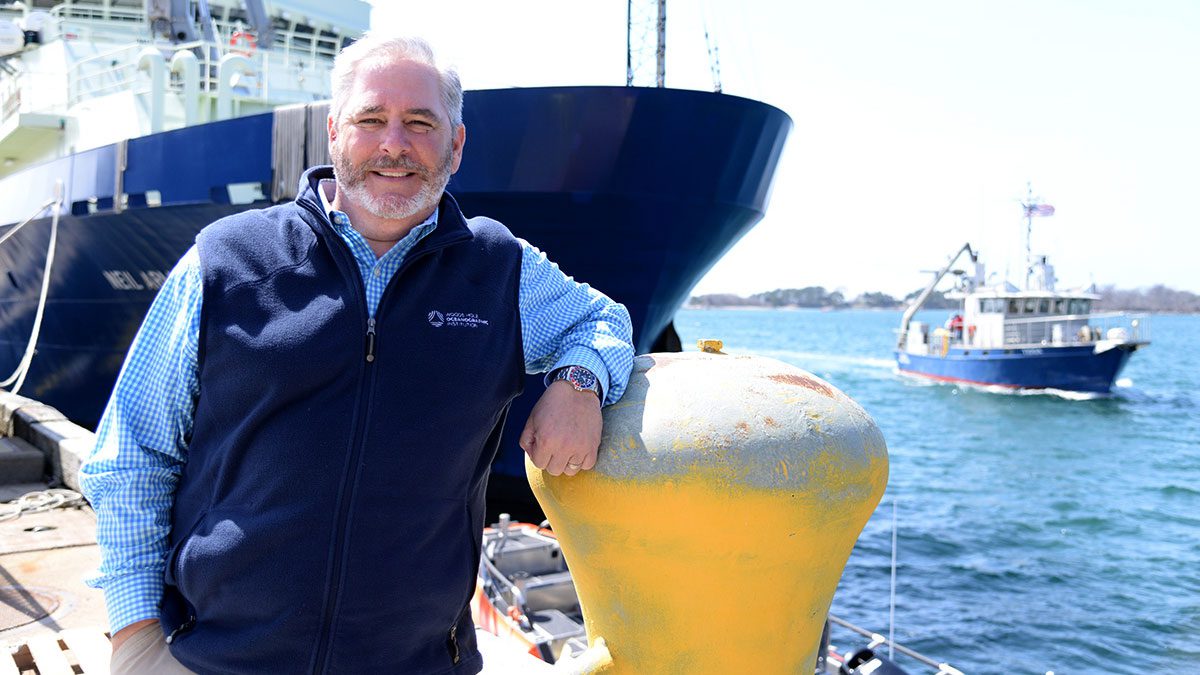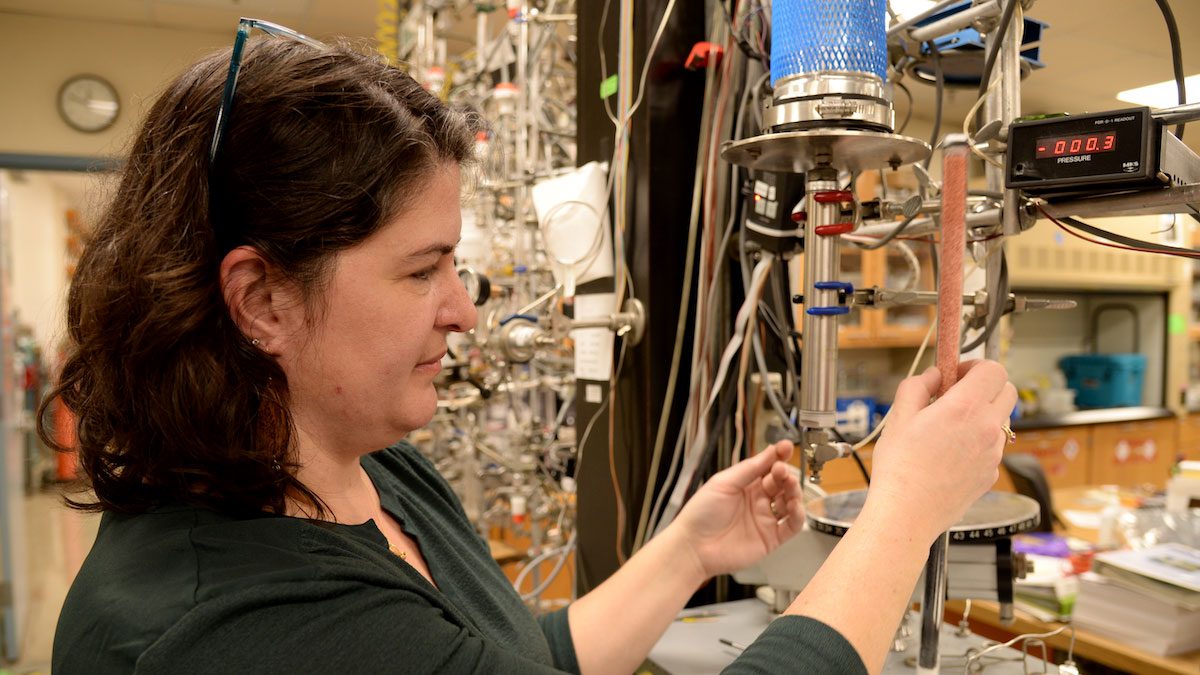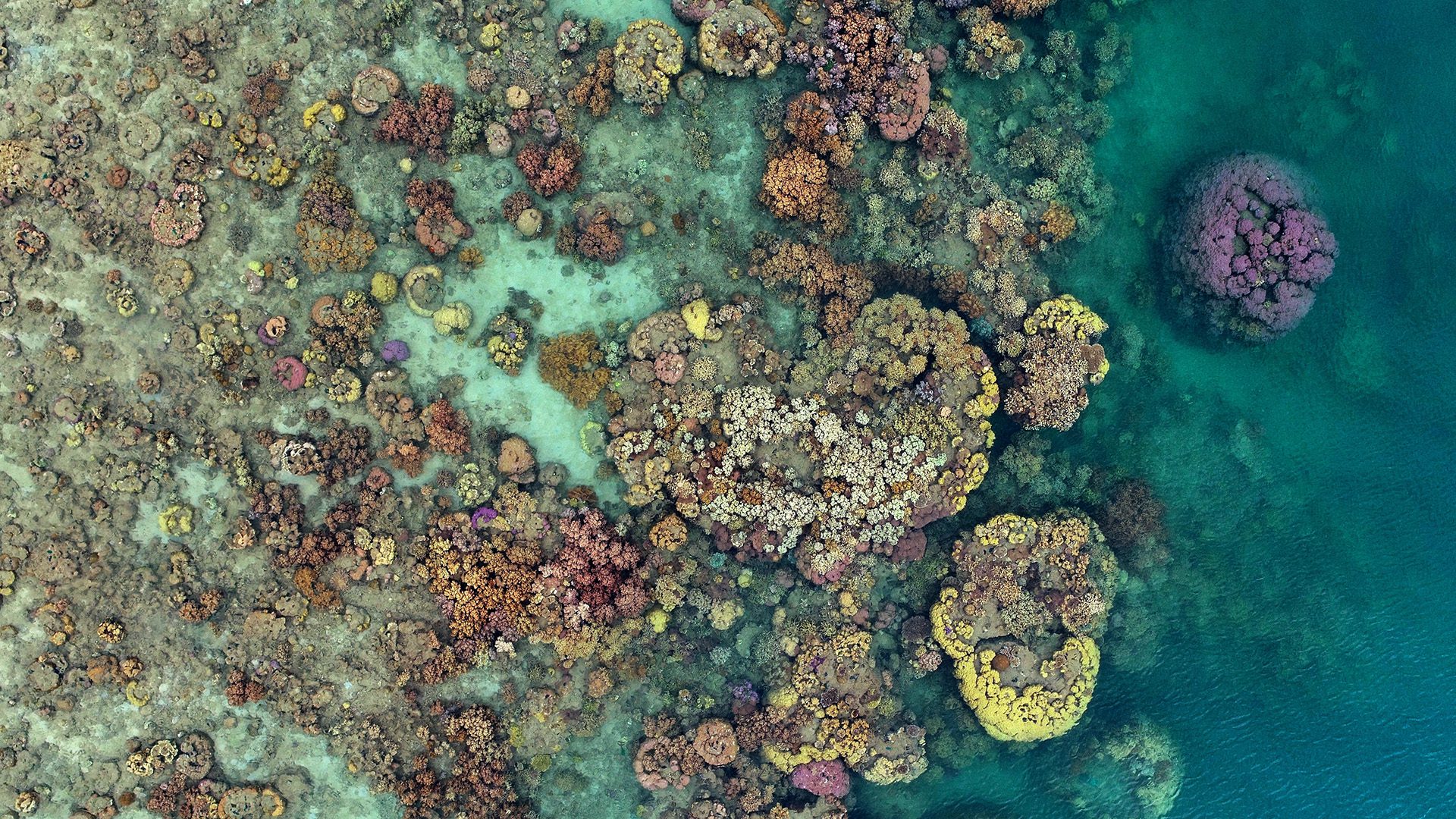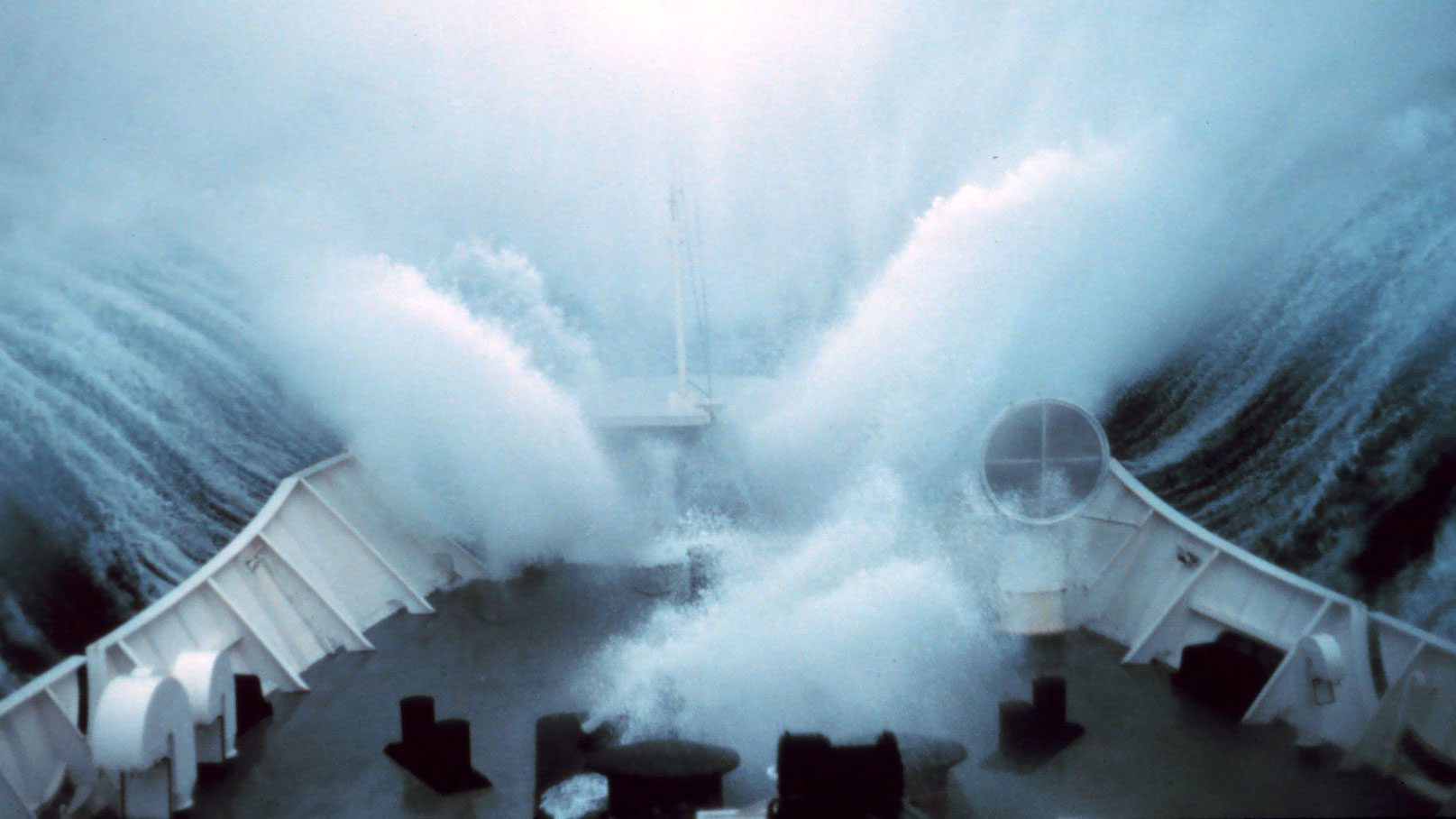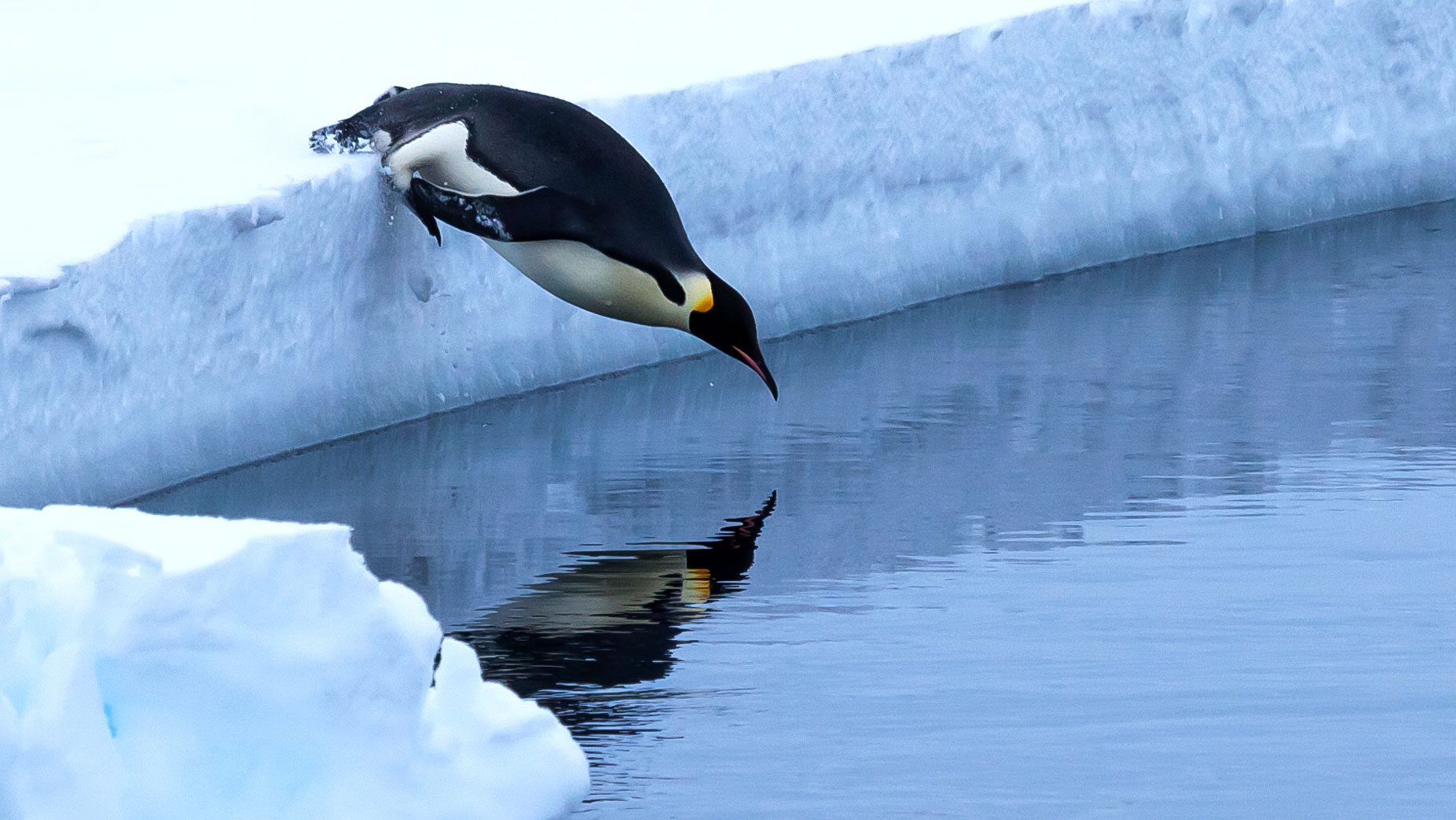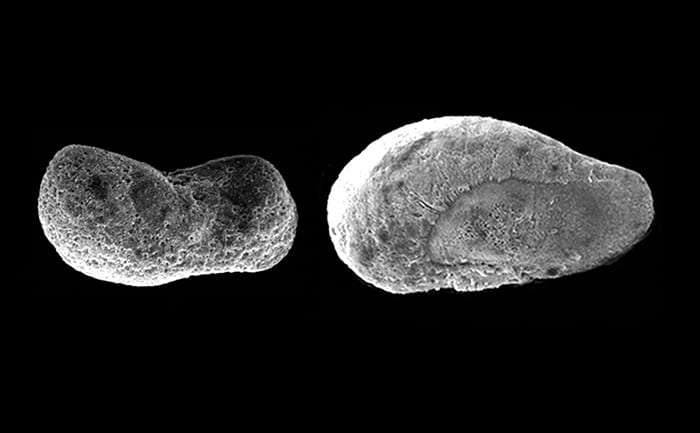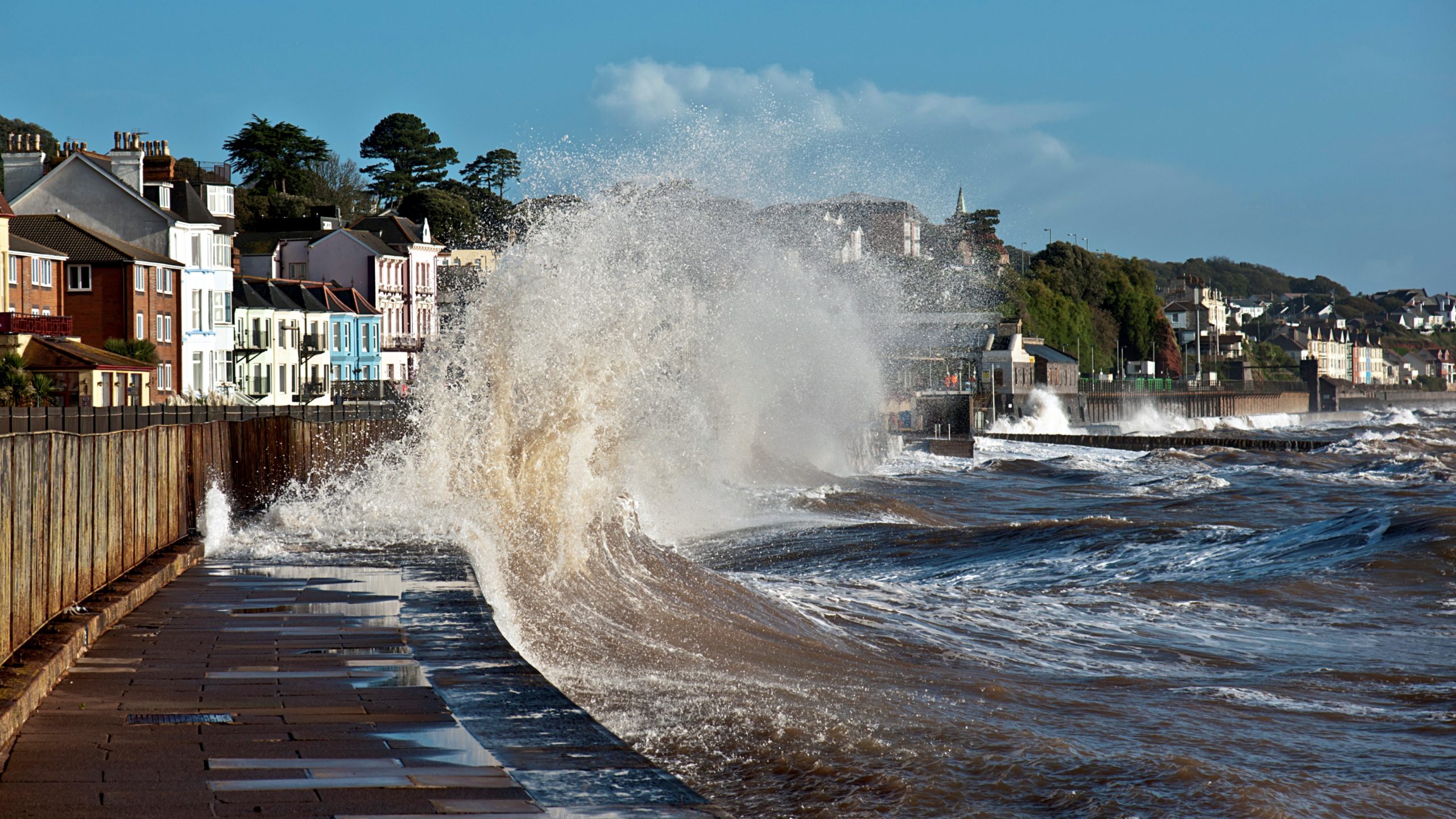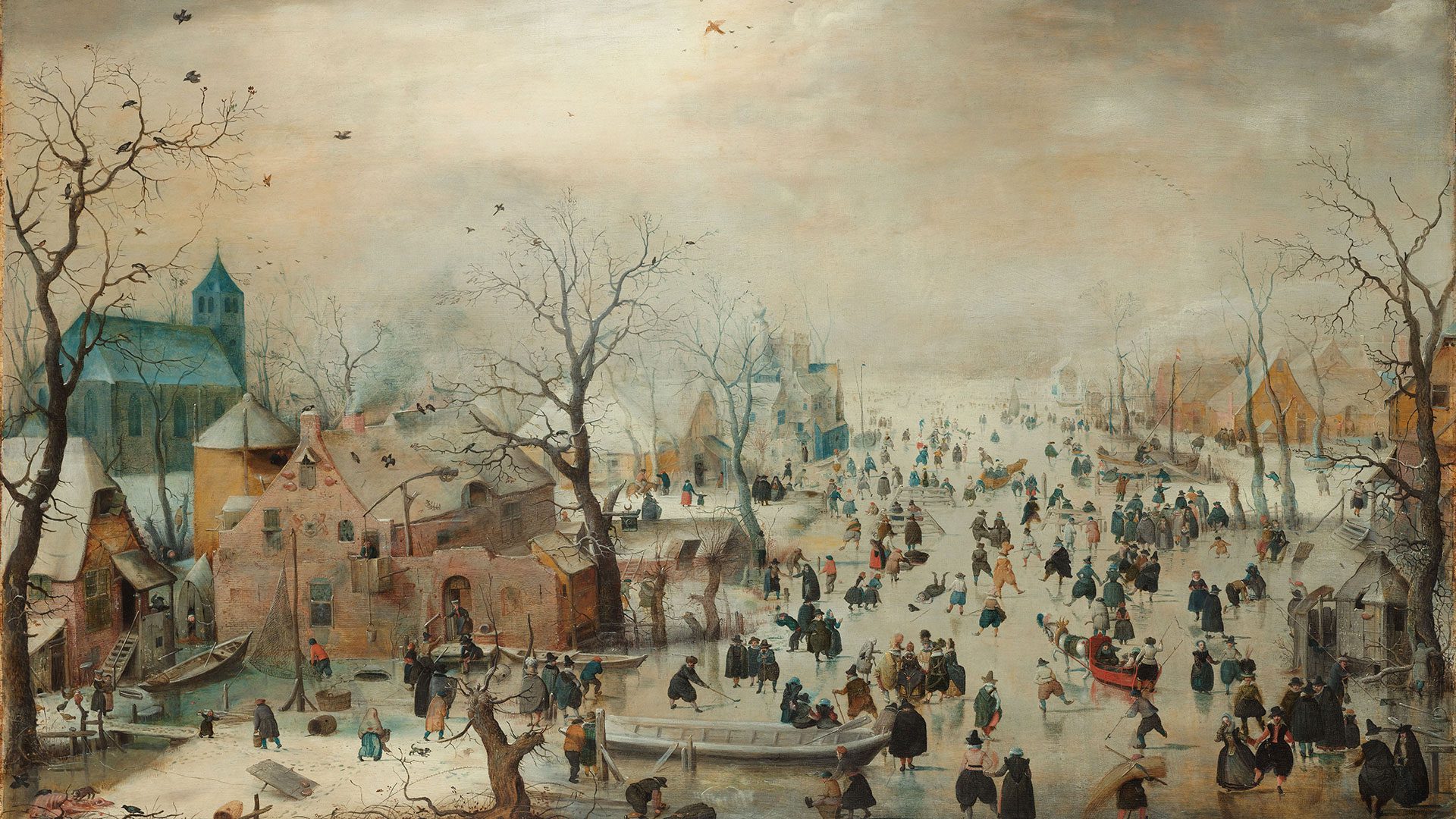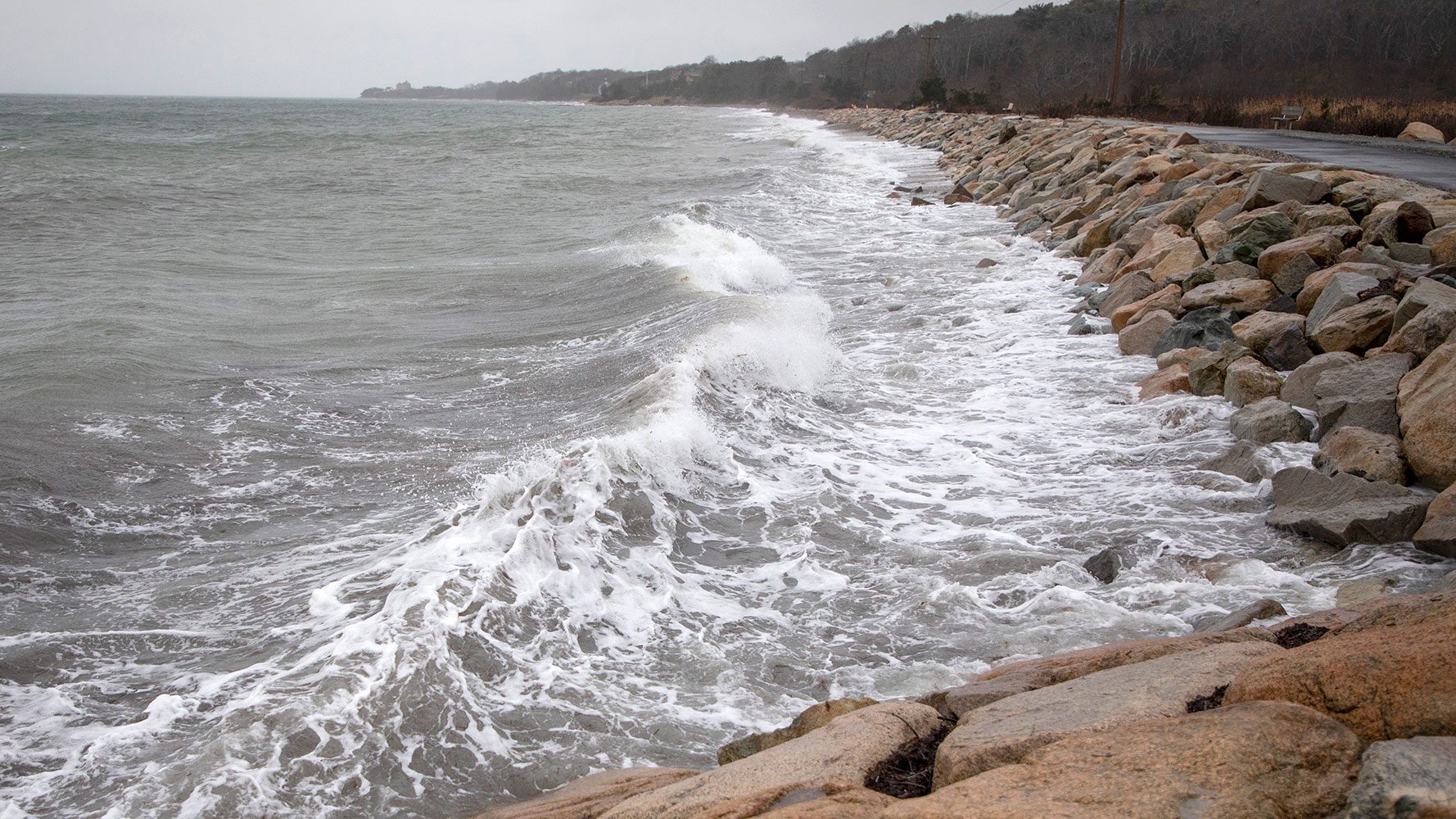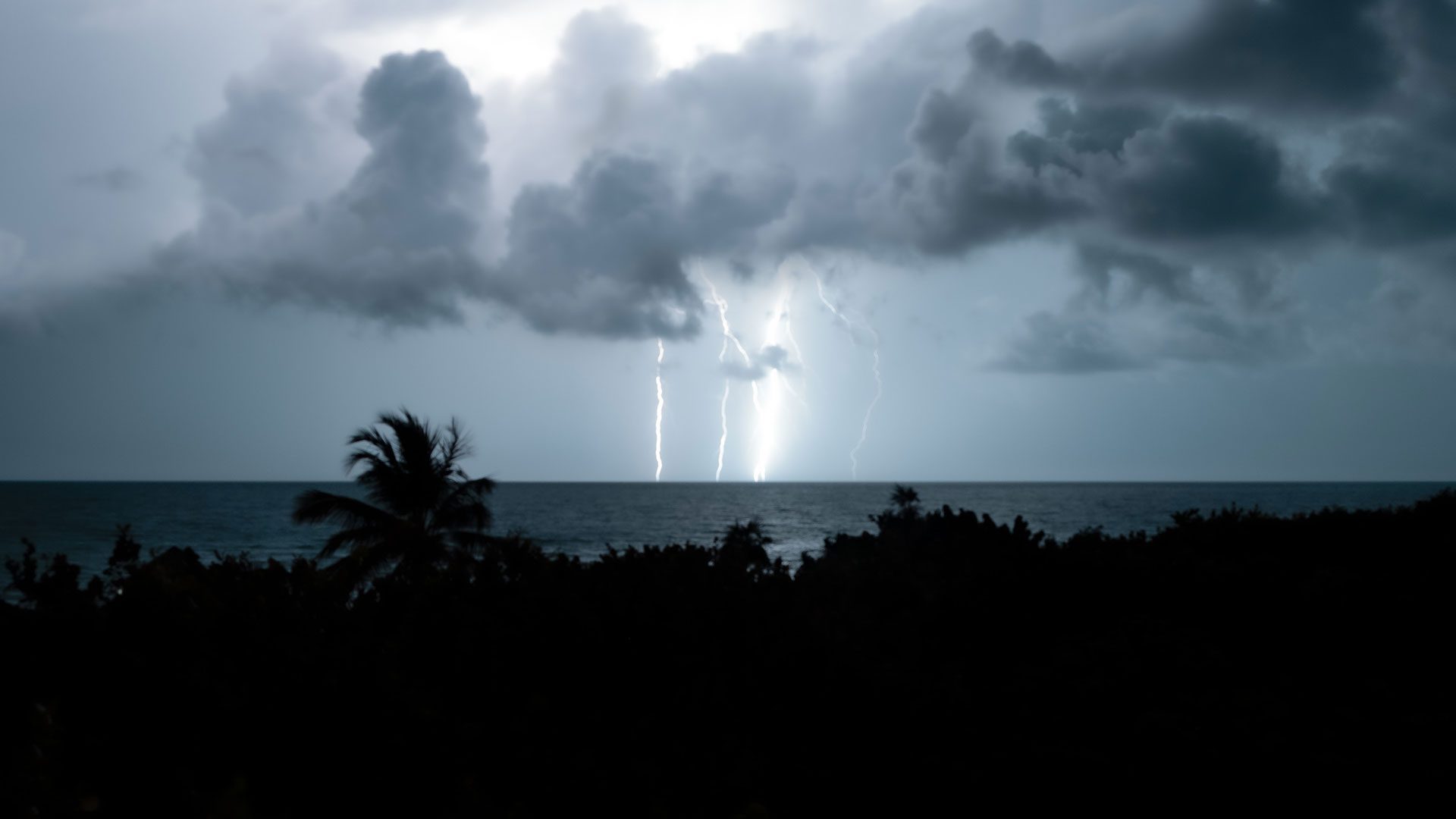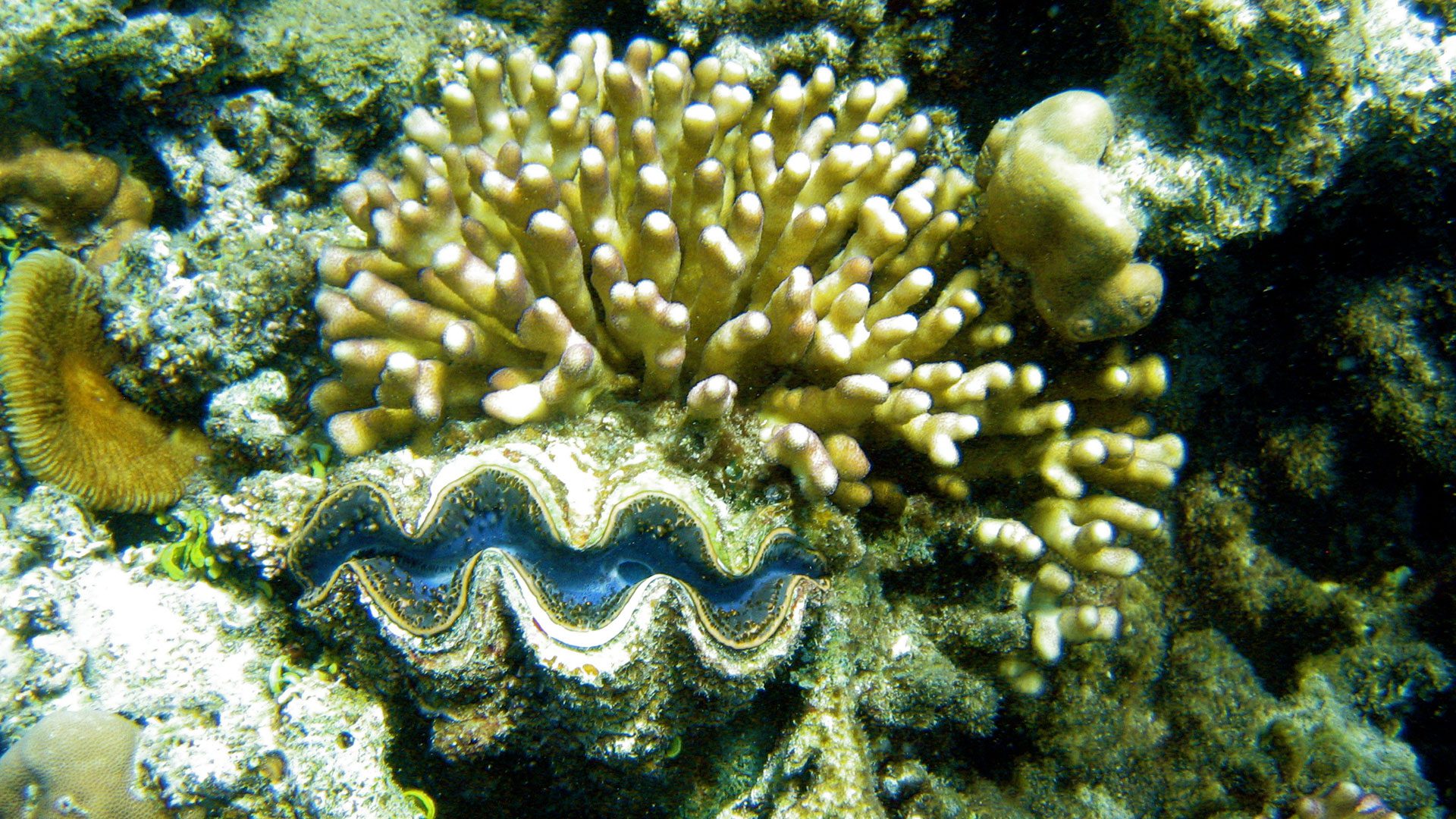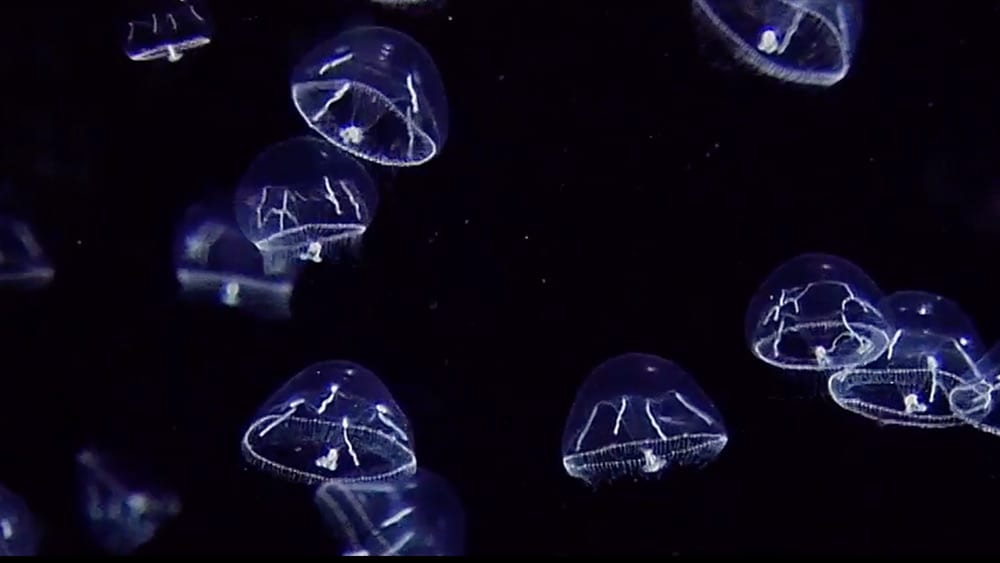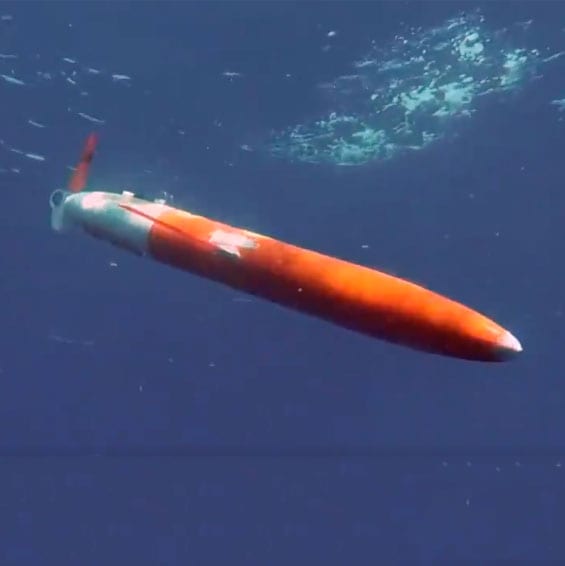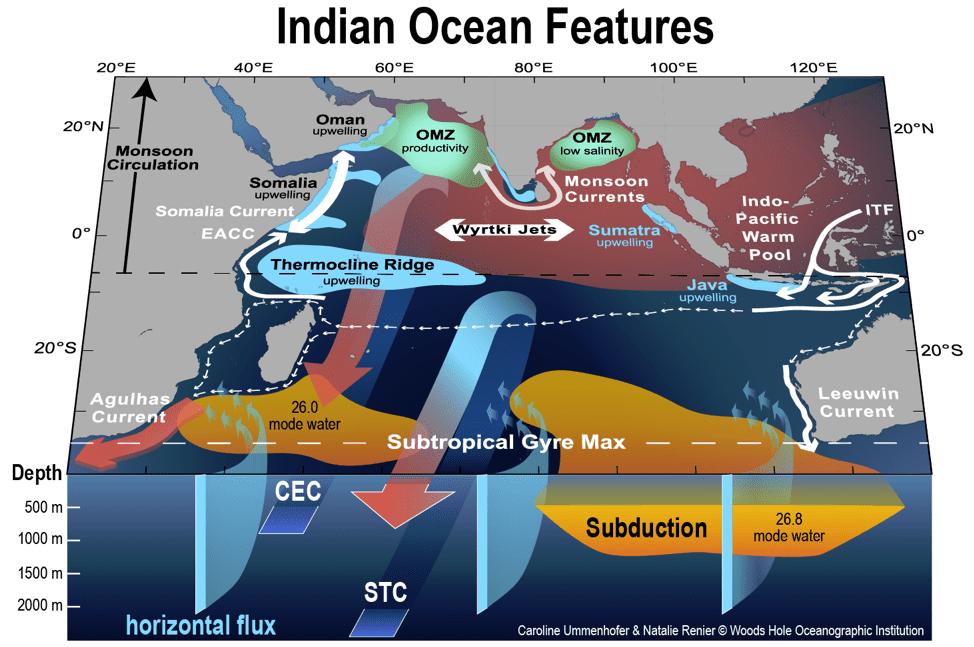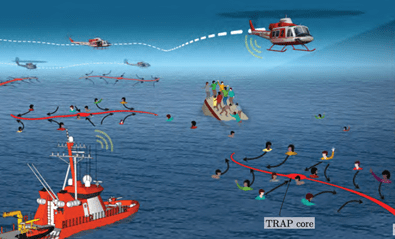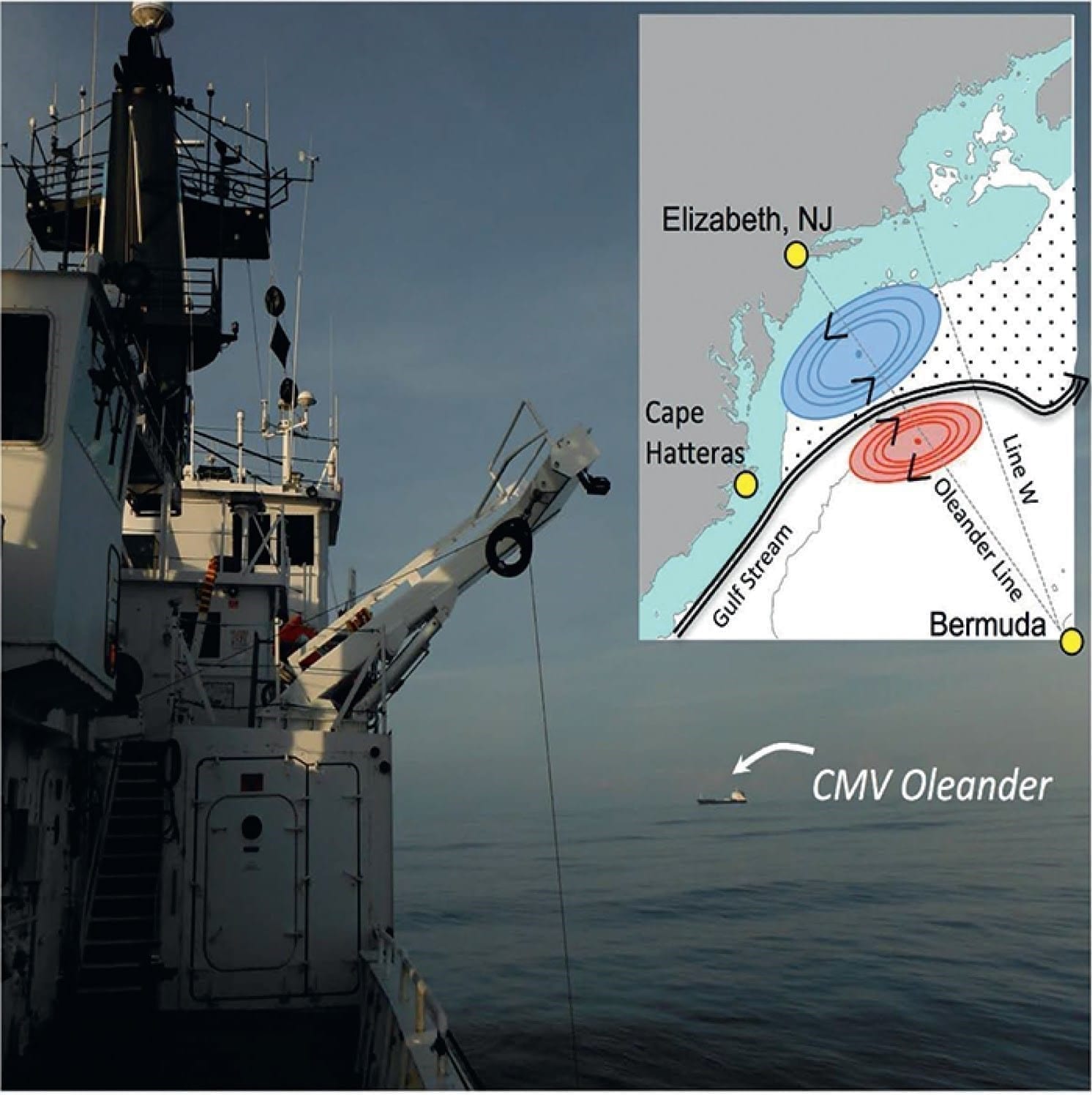Posts by Dina Pandya
Ron Timm
Business Analyst
Read MoreJulie Huber
Microbiologist
Read MoreYaqin Liu
Environmental Economist
Read MoreEric Benway
Port Captain
Read MoreDonna Dimarchopoulou
Postdoctoral Fellow
Read MoreJoe Harvey
Mechanical Group Supervisor
Read MoreJaida Elcock
MIT-WHOI Joint Program Student
Read MoreMary Lardie Gaylord
Senior Research Assistant
Read MoreIs the Great Barrier Reef making a comeback?
The world’s largest reef saw record growth after years of bleaching, but it’s not out of the woods yet
Read MoreWhat is a rogue wave?
Behemoth waves are more than just folklore. Learn the science behind these deadly swells.
Read MoreHow do polynyas help feed emperor penguins?
When female emperor penguins—and later, males—return to the ocean to feed, they need a spot that gives them easy access to both the water and the ice. And, they also need places that are teeming with fish and other types of prey. Learn how polynyas provide a place where penguins can feast and build their energy reserves after breeding.
Read MoreOcean acidification is no big deal, right?
Some people argue that ocean acidification isn’t an issue of concern. After all, they say, the ocean isn’t actually acidic. There is some truth to that. On the pH scale,…
Read MoreIs sea-level rise exaggerated?
WHOI’s Chris Piecuch debunks a long-standing myth
Read MoreAre we heading toward another Little Ice Age?
In the 2004 blockbuster “The Day After Tomorrow,” the Northern Hemisphere experiences an abrupt and catastrophic plunge into Ice Age conditions. The culprit? Extreme rates of melting ice from the…
Read MoreIs glacier ice actually rock?
In places where it gets cold and snowy in winter, many meters of snow can fall. In some the following winter, adding a new layer to what was already there. Over hundreds to thousands of years, this process creates big sheets of ice called glaciers.
Read MoreWhat makes the ocean salty?
The water flowing into the ocean comes from freshwater streams and rivers. These bodies of water do contain salt. It dissolves from rocks on land. That’s because rain is slightly acidic.
Read MoreHow does the ocean affect storms?
Under the right conditions, some of those storms can grow into large tropical storms. Or even monstrous hurricanes.
Read MoreAre corals plants, animals, or rocks?
The base of a coral reef is coral, but what is coral? If you look at a piece of coral that washed up on shore, it’s solid and tough with rough edges and little pits.
Read MoreHow does bioluminescence work?
Deep in the ocean there’s very little sunlight. But if you could swim down there, it would look a bit like the night sky. Why is this?
Read MoreSpray Glider Deployment
After a multi-month break due to COVID, Robert Todd’s group resumed routinely surveying the Gulf Stream.
Read MoreBetter observations of the rapidly-warming Indian Ocean
Beal, L. M., and Coauthors, 2020. A roadmap to IndOOS-2: Better observations of the rapidly-warming Indian Ocean. Bulletin of the American Meteorological Society, https://doi.org/10.1175/BAMS-D-19-0209.1. Indian Ocean main oceanographic features and…
Read MorePioneer Cruise
After 14 days of quarantine, a nine-person science team from Woods Hole Oceanographic Institution boarded the R/V Neil Armstrong.
Read MoreSearch and rescue at sea aided by hidden flow structures
Predicting the location of a person lost at sea several hours after the accident is critical for a successful search and rescue operation. TRAPs are structures within the oceanic flow…
Read MoreGulf Stream transport
The Gulf Stream, one of, if not the world’s strongest ocean current, plays a major role in earth’s climate by transporting heat from the tropics to the mid latitudes. Changes…
Read More



